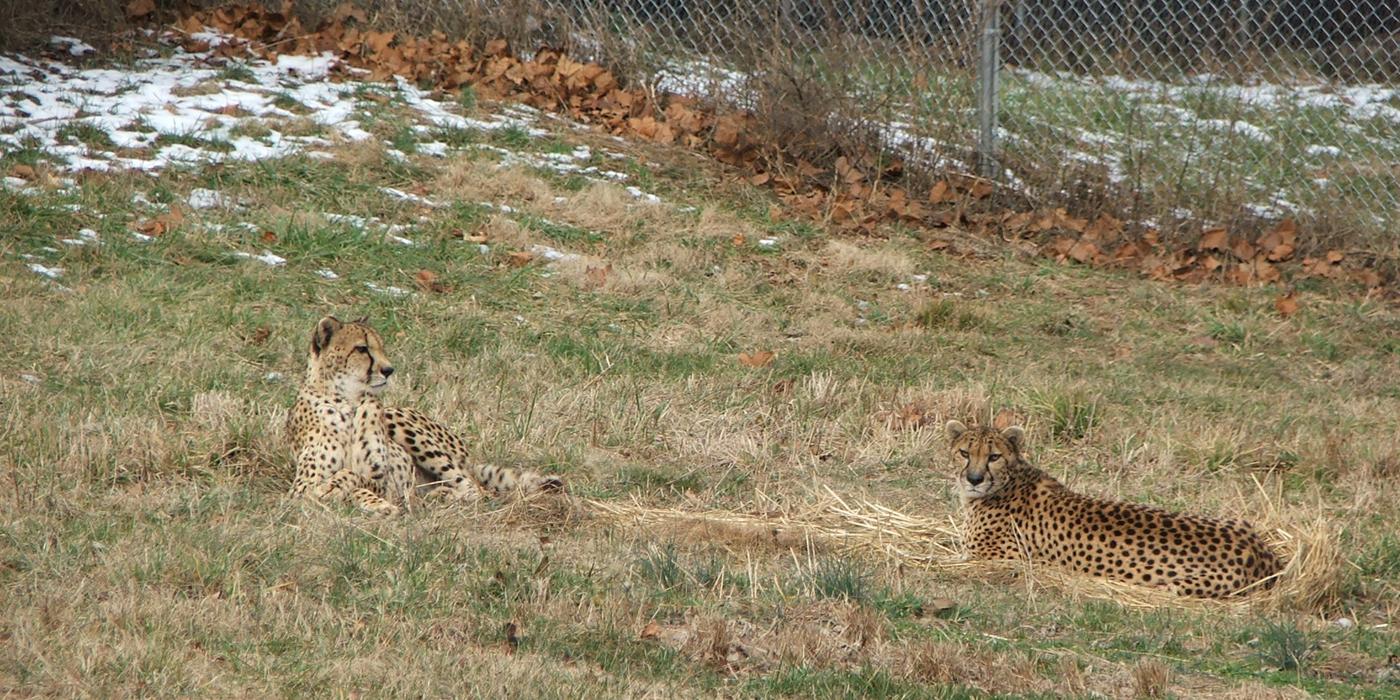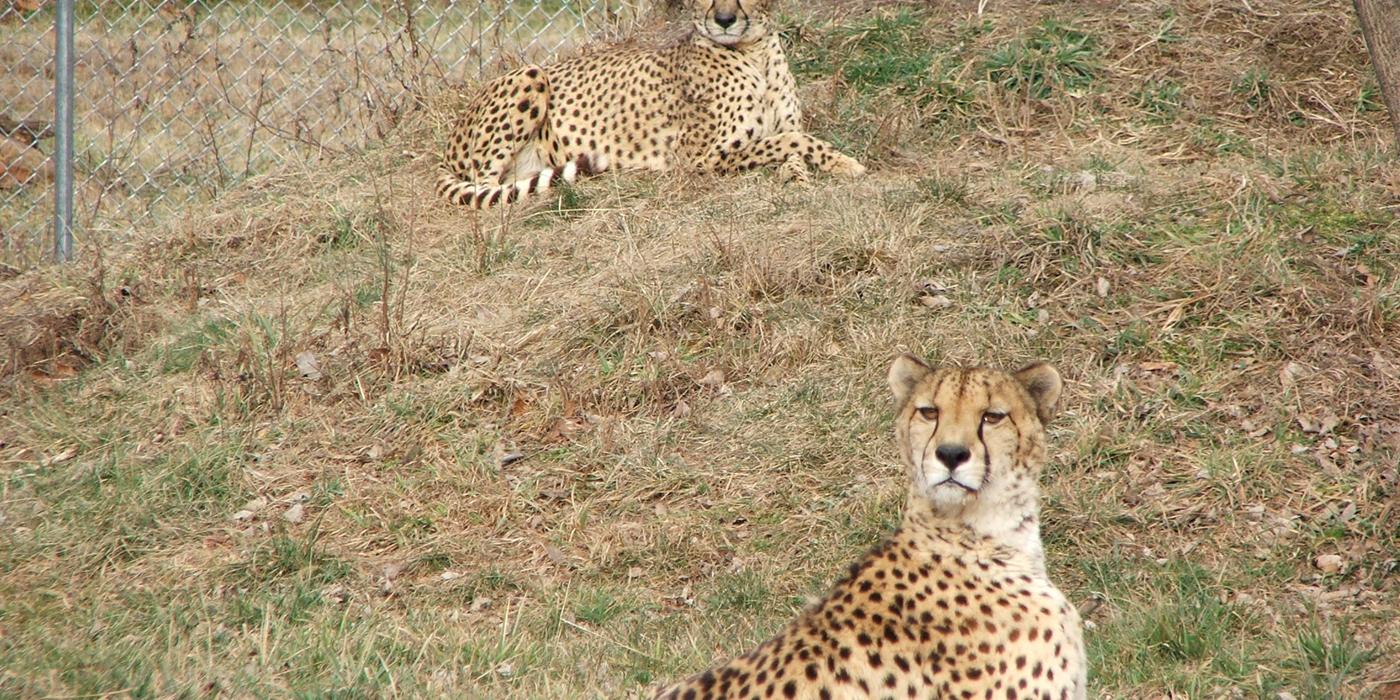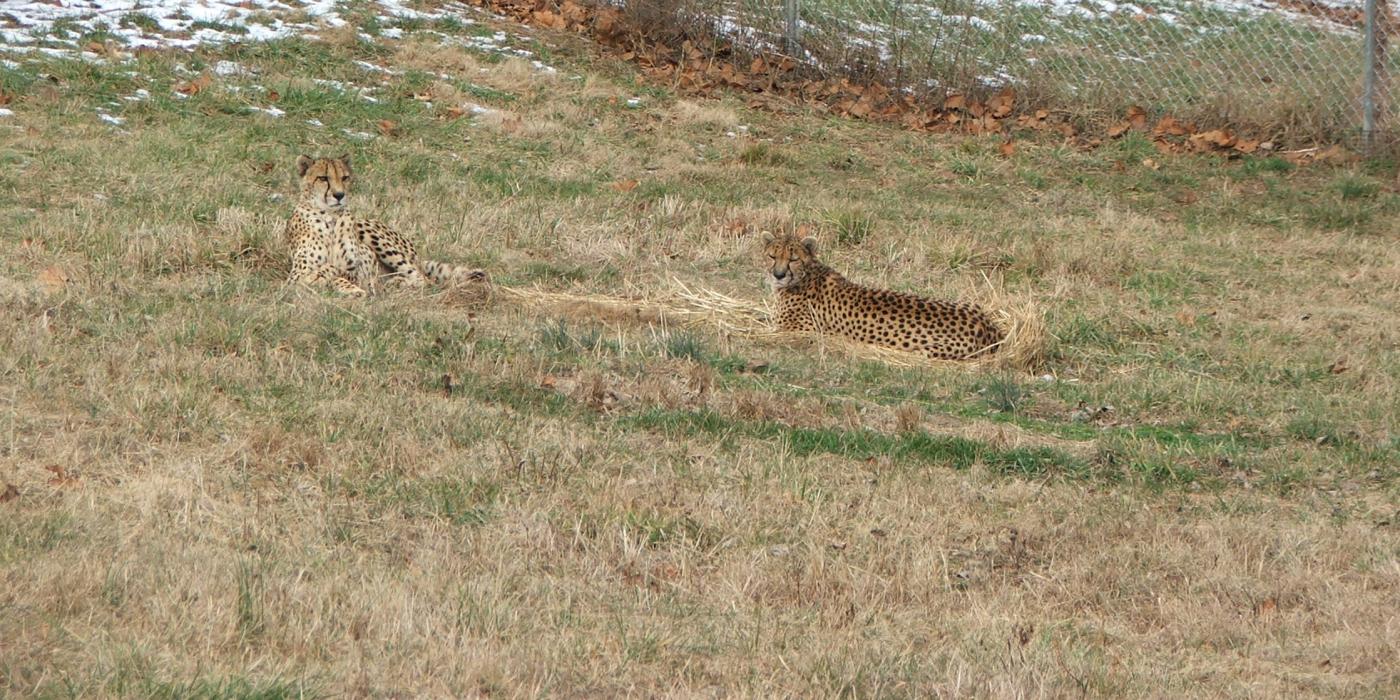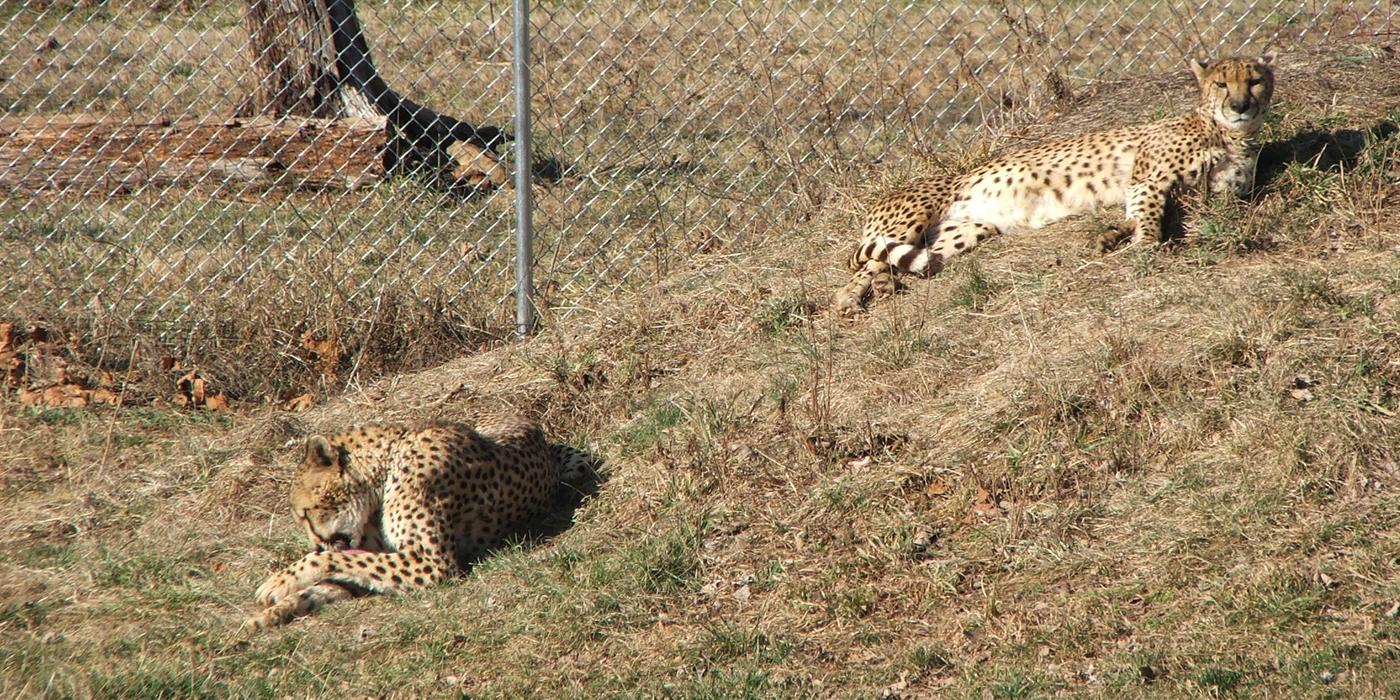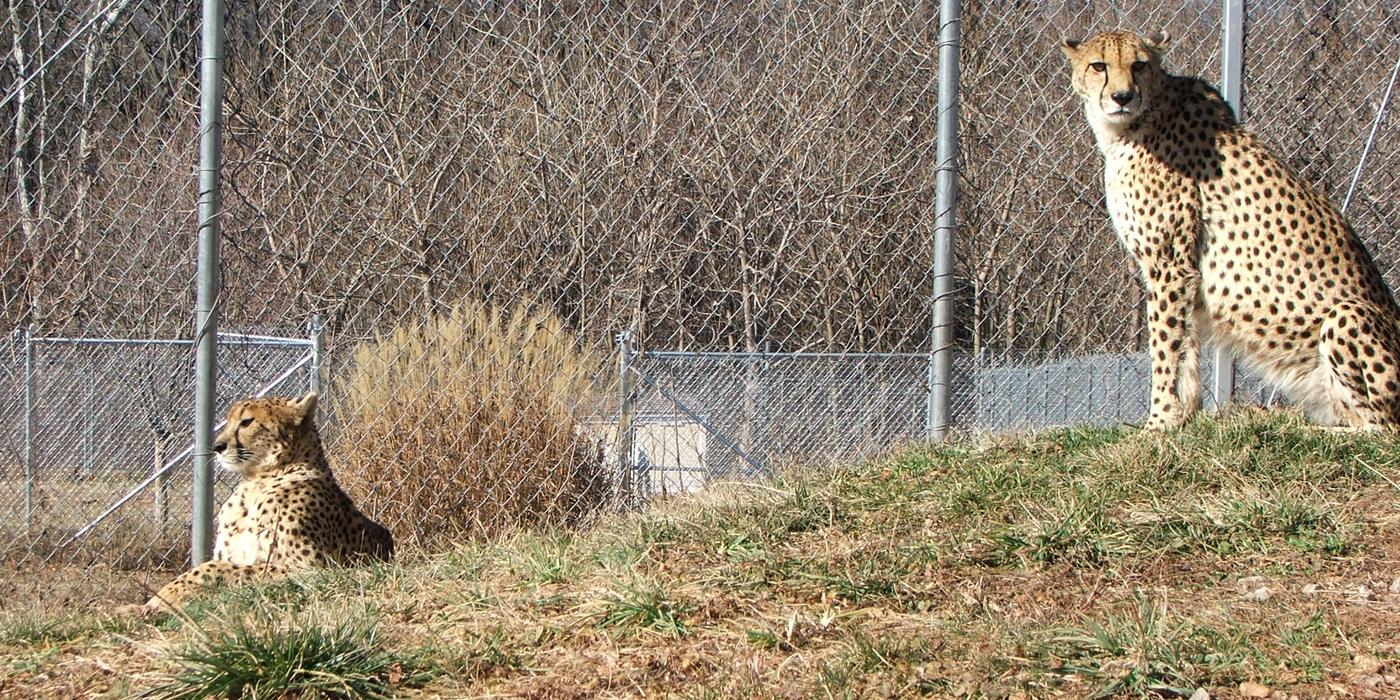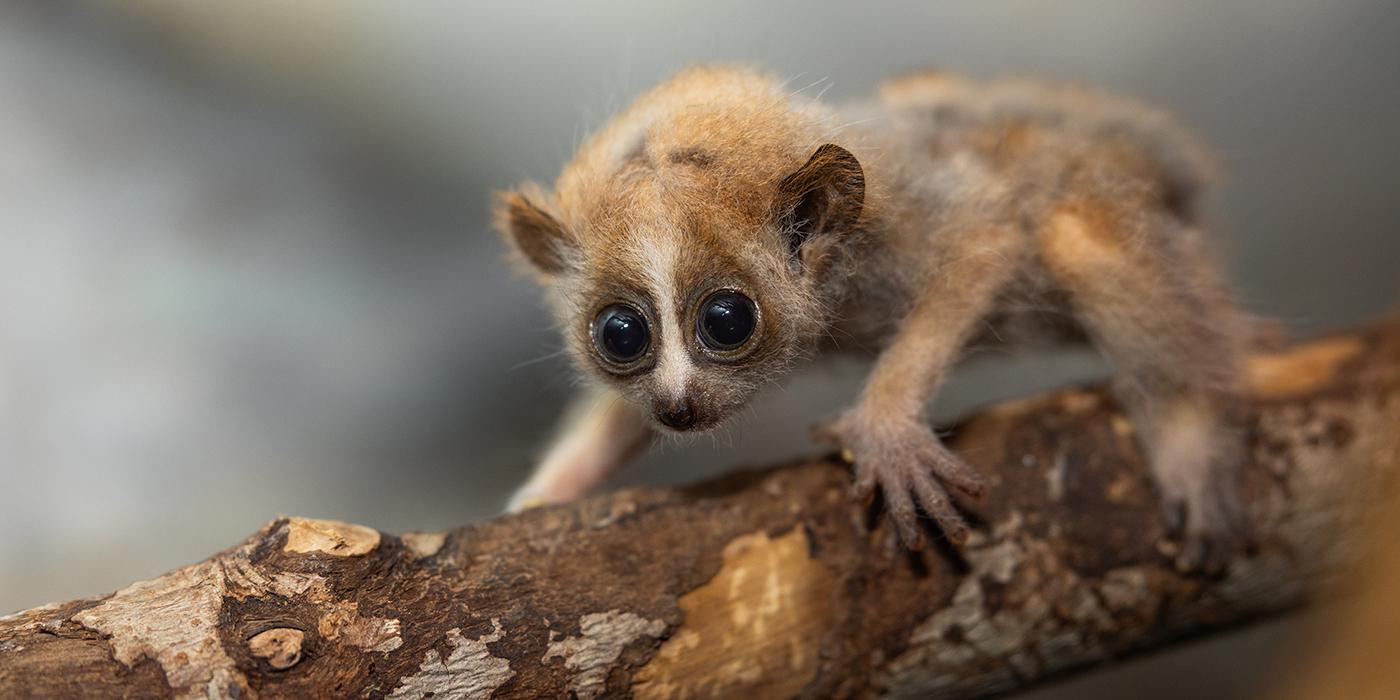A Different Kind of Cheetah Coalition
At the Smithsonian Conservation Biology Institute (SCBI), our cheetah breeding program has been very successful since its beginnings eight years ago. The cheetah breeding facility is nine acres and it’s nestled away in a quiet area of SCBI. Cheetahs in particular breed more successfully in quiet environments with fewer people. Currently living at SCBI, we have a mix of older cheetahs who are not recommended to breed anymore by the Species Survival Plan (SSP) and animals who are recommended to breed. The cubs of the animals recommended to breed would bring much needed genetic diversity to the population of cheetahs in human care. As a result, we have been brainstorming creative ways to utilize our limited space here in the breeding center.
Amani, one of our older female cheetahs, has a long history at the Zoo and SCBI. She came to the Zoo in 2007 and moved to SCBI in 2009. A year after arriving at SCBI, Amani gave birth to the first cub born at our breeding facility. In total, she has had three litters and has 10 living cubs. Since Amani is almost 12 years old, and because she has many living offspring, she will no longer be recommended to breed. She is not our only cheetah who will no longer be breeding. Barafu came to SCBI in 2012 as a 9-year-old who had never bred successfully, but that changed after he arrived. He also has been a prolific breeder, and he has nine living cubs in the population. He is almost 13 ½ years-old and is no longer recommended to breed since he has so many surviving offspring, and he also has some arthritis.
Female cheetahs are solitary, but male cheetahs live in coalitions usually made up of brothers. Other breeding centers have tried to either pair older males to live together (we were successful in doing this in 2013 with Barafu and another male who died in 2015), or older females together, or an older male with an older female. We attempted to pair two of our aged females together last fall—Amani and Olivia. That pairing didn’t work out, mostly because Olivia does not have the right temperament to live with other cats. Next, we wanted to try and pair Barafu and Amani, but first needed to vasectomize Barafu to be sure that no cubs were produced after their introduction. Our vet team performed the procedure in December. We then took advantage of Amani displaying estrus behavior and introduced Barafu to Amani at the very end of January. The pair has been living together happily so far, and we are hopeful that they will continue to live together happily long-term.
Related Species:

